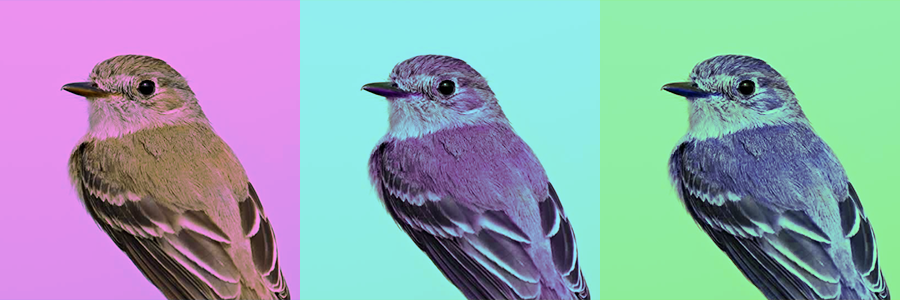
Of all the ways people choose to pass their time, few recreational activities are as tightly bound to science as birding. We all hang breathlessly on every ornithological finding and spend far too many hours debating the boundaries of speciation. Much of the deep satisfaction birding delivers over a lifetime of practice comes from this evidence-based affinity with modern zoology, biology, ecology, and geography.
That said, many of birding’s greatest frustrations stem from the same source. Our understanding of speciation is, pardon the pun, constantly evolving to the point that taxonomies and their related checklists routinely undergo revisions of various depth. This fact, along with the fundamental nature of what separates species, leads to almost constant whiplash in the field, as birders try to puzzle out why certain lookalikes are different while two visually distinct birds are the same.
If you don’t know what I mean, you haven’t been birding very long. New World birders deal on a daily basis with conundrums like Empidonax flycatchers and Leptotila doves, while certain larks and warblers drive everyone crazy on the other side of the world. And we all struggle under the tyranny of those peeps, and I’m not talking about the marshmallow kind!
As I get older, I feel less inclined to waste precious minutes of my life trying to separate the inseparable, waiting interminably for a bird to give some sign–a call, a glimpse of a subtle field mark–that might lead to a positive ID. Just as irksome in the field are all of those noteworthy birds like hybrids and those with aberrant plumage that lack listing significance.
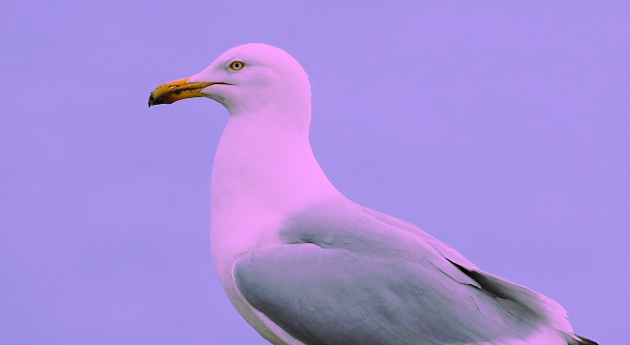
Let’s be frank; while some ornithologists identify as birders, most birders are NOT ornithologists. Why then, must we labor in lockstep with the latest provisional theories on avian identity? Birding may be based entirely on biology, but it doesn’t necessarily have to be. When we separate sport from science, opportunity for enjoyment increases immeasurably.
How can we lump for birding purposes those species that may currently be deemed distinct species? The magic, as online marketers would have you believe, is in the list. Only listers care about these fine points of field identification anyway. For many, the list matters much more than the science behind it.
Listing, which I happen to enjoy immensely, allows us to attach significance to all sorts of sightings or, more appropriately where heard-only birds are counted, encounters. Our first encounter ever makes the life list, while the first of a calendar year populates the year list. We keep country, state, county, and yard lists along with a slew of other, more idiosyncratically defined data sets… ever met anyone who kept an outhouse list? For many, more lists lead to more fun.
Why not, then, decouple the most tricky questions of taxonomy from birding with a visual list? This list would put inseparable peeps in their place by lumping them together. Other lookalikes could get the same treatment, opening up entirely new–and easier–ways to appreciate birds. Instead of agonizing over the current status of Yellow-rumped Warbler subspecies, adherents to the visual list could conceivably tick Myrtle, Audubon’s, Goldman’s, and even Black-fronted Warbler without fear of contradiction. Subspecies that look different could be treated as separate. How do you like that news, Mangrove Warbler?
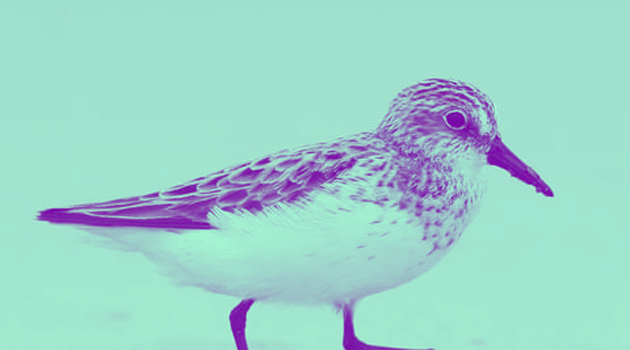
A visual birding list, constructed solely for recreational purposes, could celebrate all the oddities we encounter when observing birds. Finally, we could count all those juicy hybrids, rather than consigning them to the empty spaces between their constituent species. Mallard and teal hybrids alone would add new excitement to otherwise mundane outings. We might also find a way to track plumage variations like yellow cardinals and leucistic vultures. Imagine the possibilities!
Obviously, biology will and should continue to inform most birding lists, at least as long as eBird remains the gold standard in listing. But collectively compiled visual and even auditory lists–why leave out the ear-birders out here–would smooth out the seemingly infinite learning curve, hand wave away the most agonizing aspects of field identification, and celebrate why so many of us are out there in first place. Forget about those persnickety Short-toed Larks and Swintail Snipes. Stop parsing peeps and gulls. Save genetic analyses for the lab. Make birding more enjoyable and accessible by lumping lookalikes for birdwatching purposes and focusing on what we really see and hear in the field.
*****
Come@Me Week is a cheap ploy ginned up by some high priced consultants we at 10,000 Birds hired and then stiffed on the bill. We’re desperately trying to stay relevant in a bird blogosphere being decimated by Facebook, Twitter, Instagram, and memes. We here at 10,000 Birds have no shame and it was either this or lots of posts about woodcocks, boobies, and woodpeckers. All the posts in Come@Me Week are probably the opinions of the authors of said posts and no one else. Well, except maybe you. Weirdo. Agree? Disagree? We’ll see you in the comments. Or, more likely, on Facebook. Sigh…







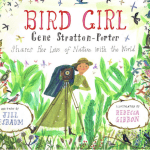
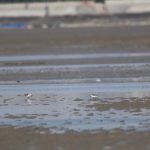
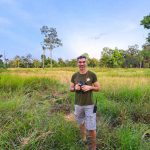

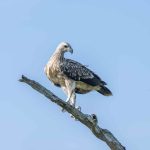
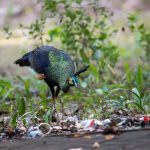
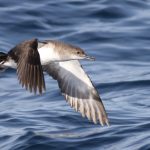
“When we separate sport from science, opportunity for enjoyment increases immeasurably.”
Being surrounded by far too many over-inflated wannabe-scientist egos, I really second that.
Given the number of “bank birds” I have cashed in on in recent years I agree that every Bird has its day once some lonely grad student finally gets around to making the case to a room of stuffy elders who will end up “discovering” a new species on a 5-4 vote. If the red-backed dark eyed juncos capture your attention I say list them with an asterix and have fun.